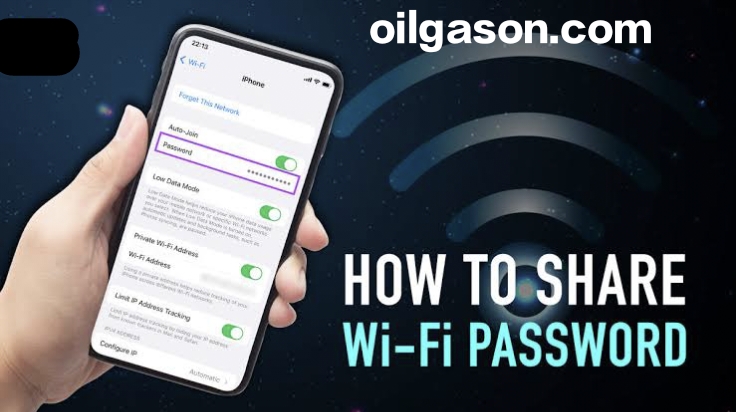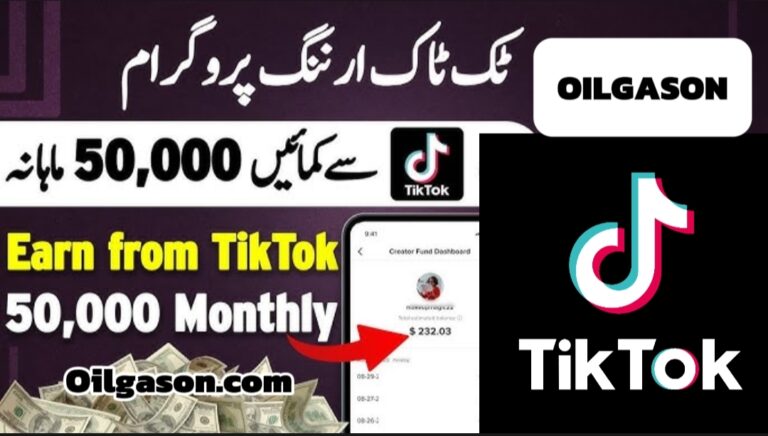Importance of Understanding LinkedIn Ad Specs
LinkedIn, a platform for professional networking, has changed over the years to become one of the best places for B2B marketers to advertise. LinkedIn is a great way for businesses to reach their target audience and get leads because so many professionals and people in charge use it. But if you want to advertise on LinkedIn and be successful, you need to know the LinkedIn ad specs and how they affect your campaigns. In this article, we’ll go over the different LinkedIn ad specs and show you how to use them to make ads that work.
LinkedIn Ad Types
LinkedIn offers several different ad formats, each with its own set of LinkedIn ad specs. Understanding the different types of ads and their specs will help you choose the right format for your campaign’s goals and target audience.
Sponsored Content Ads
Sponsored content ads, also known as sponsored posts, are the most basic type of LinkedIn ad. These ads appear in users’ newsfeeds and are designed to look like organic content. The LinkedIn ad specs for sponsored content ads include image size, a character limit for the headline and description, and the option to add a call-to-action button.
Sponsored InMail Ads
Sponsored InMail ads are a unique type of LinkedIn ad that allows you to send a direct message to your target audience. These ads appear in users’ inboxes and offer a more personal touch. The LinkedIn ad specs for Sponsored InMail ads include subject line length, the character limit for the message body, and the option to add attachments.
Display Ads
Display ads are banner ads that appear on LinkedIn’s desktop and mobile sites. These ads give you more space to show your message and often include pictures and videos. For display ads, the LinkedIn ad specs include the size of the banner, the maximum file size, and the option to add interactive elements like carousels and lead forms.
Targeting Options
One of the best things about advertising on LinkedIn is that you can show your ads to specific groups of users based on several factors. The LinkedIn ad specs for targeting include demographic information, job title, company size, industry, and much more.
Demographic Targeting
With demographic targeting, you can show people ads based on their age, gender, location, education level, and length of time at their current job. Understanding the LinkedIn ad specs for demographic targeting is crucial for creating campaigns that reach the right people.
Behavioral Targeting
Behavioural targeting lets you target users based on their actions on LinkedIn, such as the content they interact with, the groups they join, and the pages they follow. For behavioural targeting, the LinkedIn ad specs include information about users’ interests, how they use the platform, and what they do there.
Company Targeting
Company targeting allows you to target ads based on the company a user works for, including company size, industry, and location. The LinkedIn ad specs for company targeting include data on the company’s size, revenue, and employee count, as well as information on its location and industry.
Ad Performance Metrics
Once your LinkedIn ad campaign is up and running, tracking its performance is essential to see what’s working and what needs improvement. The LinkedIn ad specs for performance metrics include data on click-through rate (CTR), conversion rate, cost per click (CPC), and much more.
Click-Through Rate (CTR)
CTR is the ratio of the number of clicks your ad gets to the number of times it is shown. The LinkedIn
Conversion Rate
The conversion rate measures the number of people who take a desired action after clicking on your ad, such as filling out a form or making a purchase. The LinkedIn ad specs for conversion rate include data on the number of conversions and the conversion rate for each ad.
Cost per Click (CPC)
CPC quantifies the cost of each click on your advertisement. The LinkedIn ad specs for CPC include data on the average CPC for each ad and the total cost of the campaign.
Audience Insights
Audience insights give you important information about the people you want to reach, such as their demographics, job titles, company size, and industry. This information can help you better understand your target audience and make more informed decisions about your LinkedIn ad campaigns. The LinkedIn ad specs for audience insights include data on the number of people in your target audience and their demographics, job titles, and industries.
LinkedIn Ad Specs and Creative Best Practices
One of the most important parts of making successful LinkedIn ad campaigns is knowing how to use the ad specs to make ads that work well and look good. The LinkedIn ad specs for creative best practices include rules for image size, file size, and text length, as well as tips for using eye-catching images and persuasive copy. To get the best results, it’s important to follow the LinkedIn ad specs and use them to make ads that your target audience will find interesting and compelling.
Image Size and File Size
The LinkedIn ad specs for image size and file size include guidelines for the dimensions and file size of images used in your ads. If you follow these rules, your images will be of good quality and load quickly, improving your campaigns’ overall performance.
Text Length and Copywriting
The LinkedIn ad specs for text length and copywriting tell you how many characters you can use for headlines, descriptions, and call-to-action buttons. To make ads that engage your target audience and get them to buy, you need to write compelling copy that follows the LinkedIn ad specs.
Optimising Your LinkedIn Ad Campaigns with Ad Specs
Optimizing your LinkedIn ad campaigns is critical if you want to achieve the best results and get the most bang for your buck. If you know the LinkedIn ad specs and use them to make decisions about your campaigns, you can improve your performance and get better results.
Conclusion
In the end, LinkedIn ad specs are a very important part of how well your LinkedIn ad campaigns do. Whether you’re looking to reach a specific audience, improve your conversion rate, or optimize your campaigns, understanding the ad specs and using them to make informed decisions is key. Following the ad specs and best practices can help you reach your marketing goals and get the most out of your LinkedIn advertising. This includes choosing the right ad type and making ads that look good and make people want to click on them. For your campaigns to have the most impact, don’t forget to keep the keyword “LinkedIn ad specs” in mind. With the right strategy and attention to detail, you can use the power of LinkedIn advertising to reach your target audience, build brand awareness, and drive conversions.














+ There are no comments
Add yours